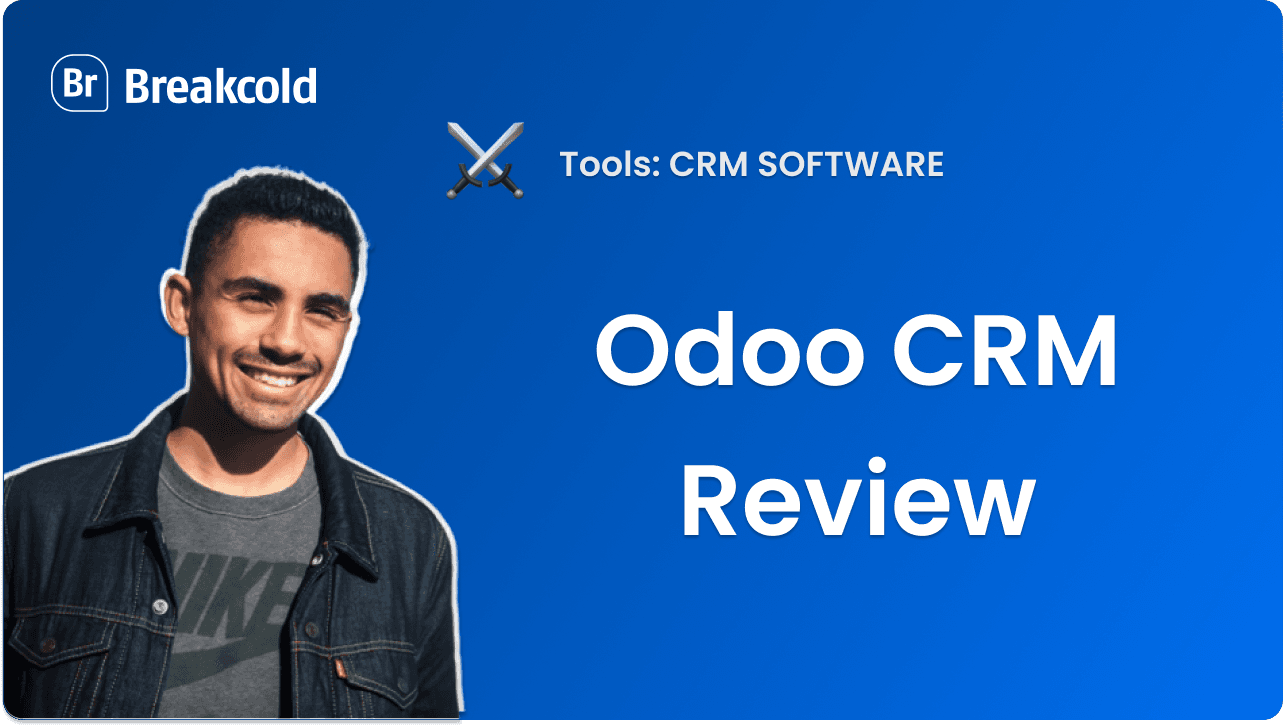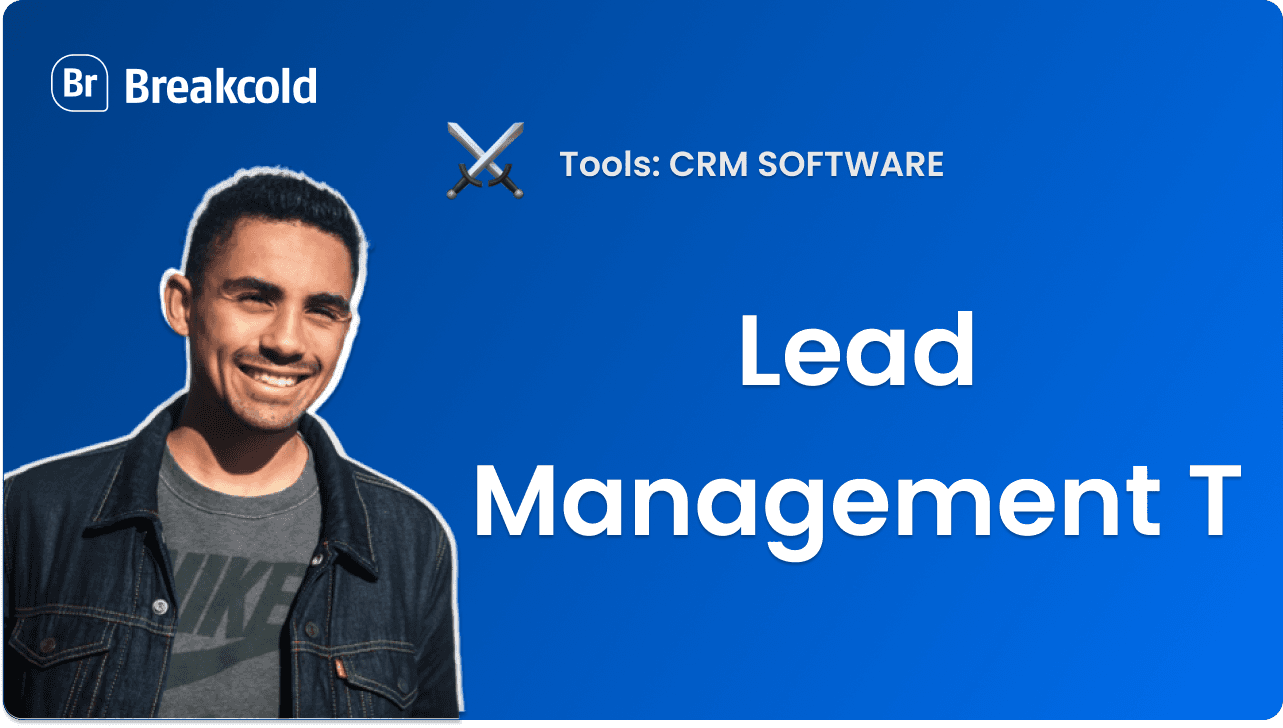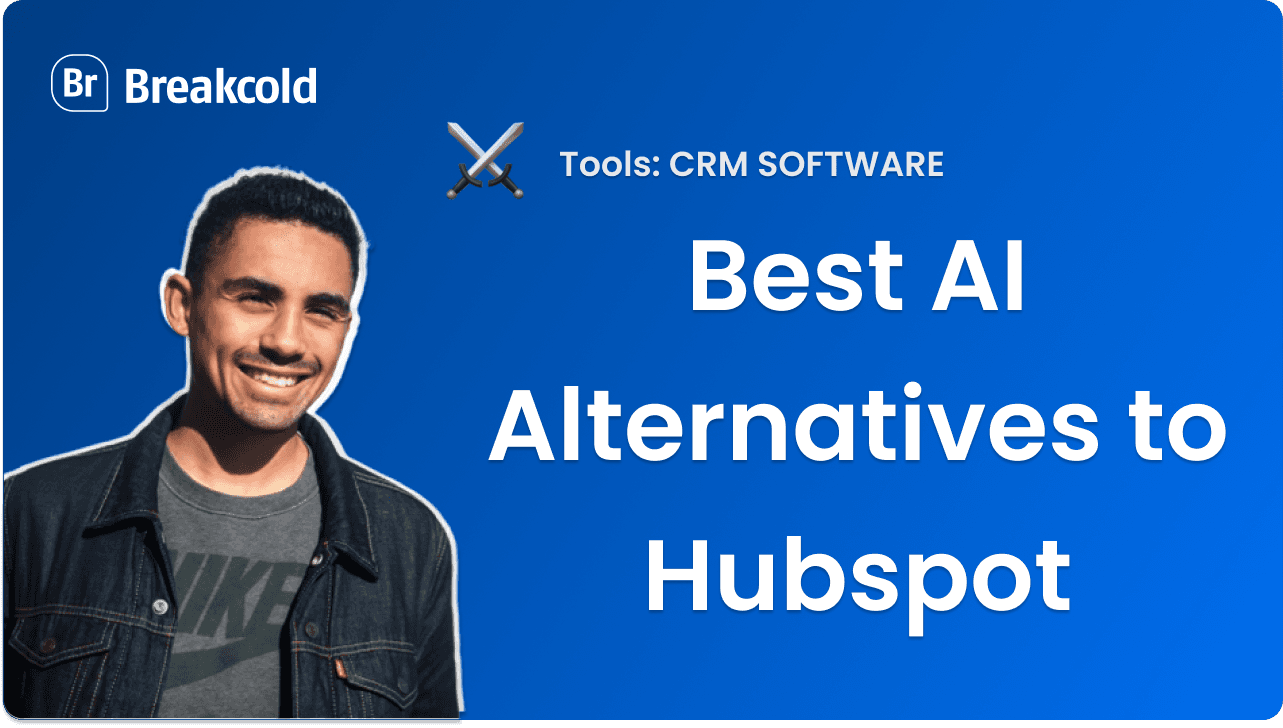Look, we get it — you’ve probably spent hours building a case to convince management to invest in a CRM. Budgets are tight, expectations are high, and nobody wants to gamble on software that may or may not deliver results. What you need is cold, hard data to prove that a CRM isn’t just another expense — it’s a growth engine.
That’s where CRM ROI (Return on Investment in Customer Relationship Management) comes in. CRM ROI shows whether your system is paying off by tracking measurable benefits like higher sales, faster deal cycles, and stronger customer retention against the costs of licenses, training, and implementation. And the returns can be massive with IBM reporting that when properly implemented, CRM ROI can exceed 245%.
In this guide, we’ll cover everything you need to know about CRM ROI: what it is, how to calculate it, the metrics that matter most, and real-world examples of businesses turning CRM into a profit driver.
💡 What is CRM ROI?

At its core, CRM ROI answers a simple question: is the money you’re spending on your CRM actually paying off? It’s the ratio between what you put in (costs like licenses, training, and setup) and what you get out (revenue growth, happier customers, and time saved).
Here’s the thing — CRMs aren’t just glorified address books. When implemented well, they deliver measurable value across the board:
Efficiency: Automating repetitive tasks frees your team to focus on selling, not data entry.
Sales Growth: With better pipeline visibility, sales teams can close more deals, faster.
Customer Retention: Smarter tracking and personalized communication keep customers loyal longer.
And compared to other business software? The ROI of a CRM often blows them out of the water. A project management tool might help your team stay organized, and a marketing platform might boost reach — but a CRM ties everything back to revenue. That’s why studies consistently show CRM as one of the highest-return software investments a business can make.
📊 Why Measuring CRM ROI Matters

Let’s be honest — no one wants to throw money at a tool just because it looks shiny in a demo. Measuring CRM ROI keeps you grounded in reality. It links your investment directly to business outcomes like growth, cost savings, and smarter decision-making. If you can show in black and white that your CRM helps close more deals, shorten sales cycles, and keep customers around longer, it suddenly stops being an expense and becomes a no-brainer.
The stakes are even higher depending on who you are:
Startups: Every dollar counts. Tracking ROI helps founders justify a CRM spend to investors or keep lean budgets under control.
Consultants: A CRM proves its worth by helping you manage relationships, track billable hours, and upsell services.
Digital Marketing Agencies: ROI tracking shows clients (and your own team) that campaigns and retention strategies are driving real revenue.
And here’s the kicker — ROI isn’t just about the quick wins. Sure, in the short term you might see faster deal closures or more efficient workflows. But the long-term ROI is where CRMs shine: stronger client loyalty, predictable revenue streams, and insights that guide your entire growth strategy.
📐 What Metrics Should Be Used to Measure CRM ROI?

Measuring CRM ROI isn’t just about looking at your bank account and guessing if things feel “better.” You need hard metrics that show whether the system is actually pulling its weight. Here are the key ones to track:
Sales Volume – The most obvious one: are you selling more since implementing your CRM? More revenue, more closed business, more proof it’s working.
Time per Sale (Sales Cycle Length) – Is your team moving deals through the pipeline faster? A shorter sales cycle means more efficiency and quicker cash flow.
Number of Deals Closed – Plain and simple: are reps closing more deals with the help of pipeline visibility, reminders, and automated follow-ups?
Customer Retention Rate – A CRM isn’t just about new business — it’s about keeping the customers you already worked so hard to get. Higher retention = higher ROI.
Lead Conversion Rate – Are more of your leads turning into paying customers thanks to better nurturing and segmentation? That’s a clear sign of CRM impact.
Team Productivity – Think time saved on manual tasks, fewer meetings to “check in,” and smoother collaboration. Productivity gains = more selling time.
Customer Lifetime Value (CLV) – A CRM that enables upsells, cross-sells, and better relationships means each customer is worth more over time.
Time Saved – It’s not always tracked as a KPI, but let’s be real: time is money. If your team saves hours every week thanks to automation, that’s ROI too.
Bottom line? If your CRM is moving the needle on even a few of these, you’re looking at real, measurable returns — not just “software costs” on a budget line.
🧮 How to Calculate CRM ROI

Okay, so we’ve talked about why CRM ROI matters and what metrics to track. But how do you actually put numbers behind it? The formula is straightforward:
Step 1: The Core Formula
CRM ROI=(Gains from CRM Investment–Cost of CRM Investment)/Cost of CRM Investment
Step 2: Express It as a Percentage
CRM ROI = (Total profit / Total investment) * 100
So if you spend $10,000 on a CRM and it generates $25,000 in measurable gains, your ROI would be:
25,000 − 10,000 / 10,000 = 1.5 × 100 = 150%
Not bad for a piece of software, right?
💸 What Counts as CRM Costs 💸Don’t just look at the subscription fee — there are often hidden costs to factor in:
| ||
|---|---|---|

📖 Examples of CRM ROI
It’s one thing to talk about CRM ROI in theory — but the real question is: what does it look like in practice? Numbers hit different when they’re tied to real businesses actually seeing results. That’s why in this section, we’re diving into a few case studies from Breakcold’s own customers.
1. Xavier Caffrey - How He Closed 6 Deals in Two Weeks!
One of the best examples of CRM ROI in action comes from Xavier Caffrey, who shared his experience in a Breakcold case study. In just two weeks, Xavier closed 6 deals worth $14,000 — all while paying only $59 for Breakcold.
That’s not just ROI — it’s insane ROI. To put it into perspective, that’s over a 23,600% return on investment in less than half a month.
Xavier’s story shows how a CRM isn’t just “nice to have” — when used effectively, it can become a direct revenue multiplier.
2. Steven Brady - How He Closed $17,250 MRR in 4 Months
Steven Brady went from $0 to $17,250 MRR in just 4 months using Breakcold — while spending only $100/month on the platform.
What’s impressive is that Steven doesn’t just use Breakcold for himself. He runs it across multiple client accounts, making it the backbone of his entire workflow. From nurturing leads to closing consistent deals, Breakcold powers every step.
In this video, Steven breaks down exactly how he sets up his workflows and why modern relationship-driven outreach beats outdated sales tactics from a decade ago. If you’re tired of “spray and pray” outreach and want a strategy that actually converts.
⚙️ Key Factors that Influence CRM ROI

Here’s the truth: buying a CRM doesn’t guarantee results. The ROI you get depends on how you implement and use it. A few make-or-break factors include:
Adoption Rates (Employee Buy-In): If your team doesn’t actually use the CRM, your ROI is dead on arrival. Adoption is everything.
Data Quality and Enrichment: Garbage in, garbage out. Clean, enriched data is the foundation of accurate insights and strong automation.
Integration with Your Tech Stack: A CRM that plays nicely with your email, marketing, billing, and support tools delivers far more value than one sitting in a silo.
Training and Change Management: Even the best CRM fails if your team isn’t confident using it. Training = higher adoption, smoother workflows.
Industry-Specific Use Cases: A startup might focus on pipeline visibility, while an agency cares about client retention. Tailoring CRM use to your business model drives stronger ROI.
🚀 How to Improve CRM ROI

The good news? You can maximize the ROI from your CRM investment — you just need a strategy. Here’s how:
Best Practices
Set Clear KPIs Early: Before rolling out a CRM, define what success looks like (e.g., faster sales cycles, higher retention).
Prioritize User Adoption & Training: A well-trained team is a CRM’s best asset. Invest in onboarding and ongoing support.
Automate Repetitive Tasks: Free up your team’s time by automating follow-ups, reminders, and data entry.
Leverage Data Enrichment & AI Insights: Better data = smarter personalization, targeting, and forecasting.
Audit and Optimize Regularly: Your business evolves — so should your CRM. Review workflows, reports, and integrations every quarter.
Industry-Specific Strategies
Startups: Focus on pipeline visibility and forecasting to attract investors and scale efficiently.
Consultants: Use CRM features to strengthen client relationships and track billable work.
Digital Marketing Agencies: Lean on CRMs to prove ROI to clients with transparent reporting and retention insights.

💭 Final Thoughts
At the end of the day, CRM ROI isn’t just about crunching numbers — it’s about building sustainable growth. A CRM that pays for itself isn’t just saving you money; it’s helping your team sell smarter, keep customers longer, and make decisions with confidence.
The businesses that win aren’t the ones who “set it and forget it.” They’re the ones who continuously measure ROI, optimize processes, and adapt their CRM to match how their business evolves.
If you want your CRM to be more than just another line item in the budget, invest the time to track ROI. The insights you uncover will turn your CRM into one of the most powerful growth engines in your business.





































































![The 8 Best Social CRM Software in 2025 [Comparison]](https://framerusercontent.com/images/RYHyYapdgIi83BEWtMdX418.png?width=1280&height=720)
![The 6 Best LinkedIn CRM in 2025 [Comparison]](https://framerusercontent.com/images/Luywfni7ZKjb19yghbhNPy4I4qQ.png?width=1280&height=720)
































































































































